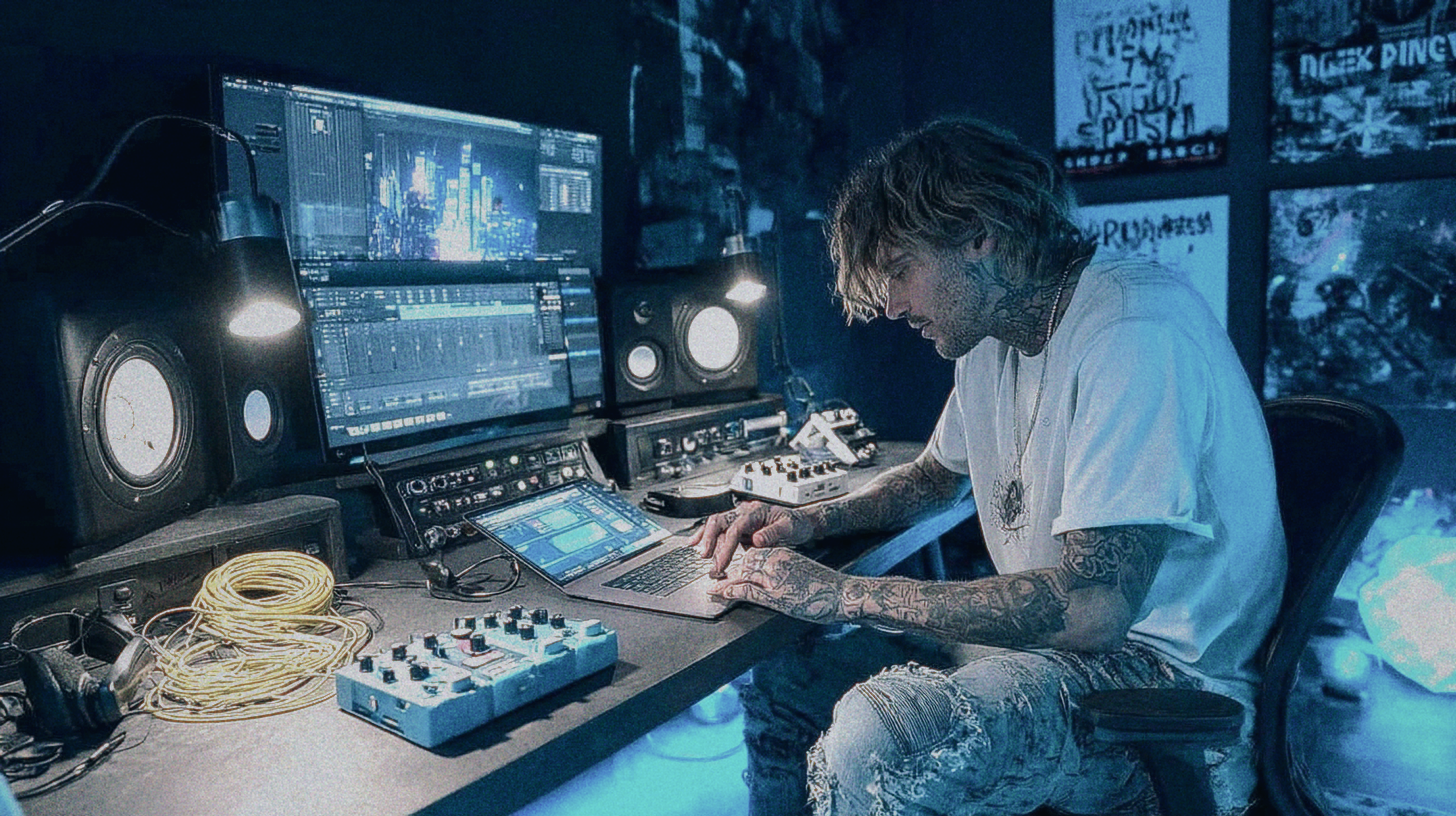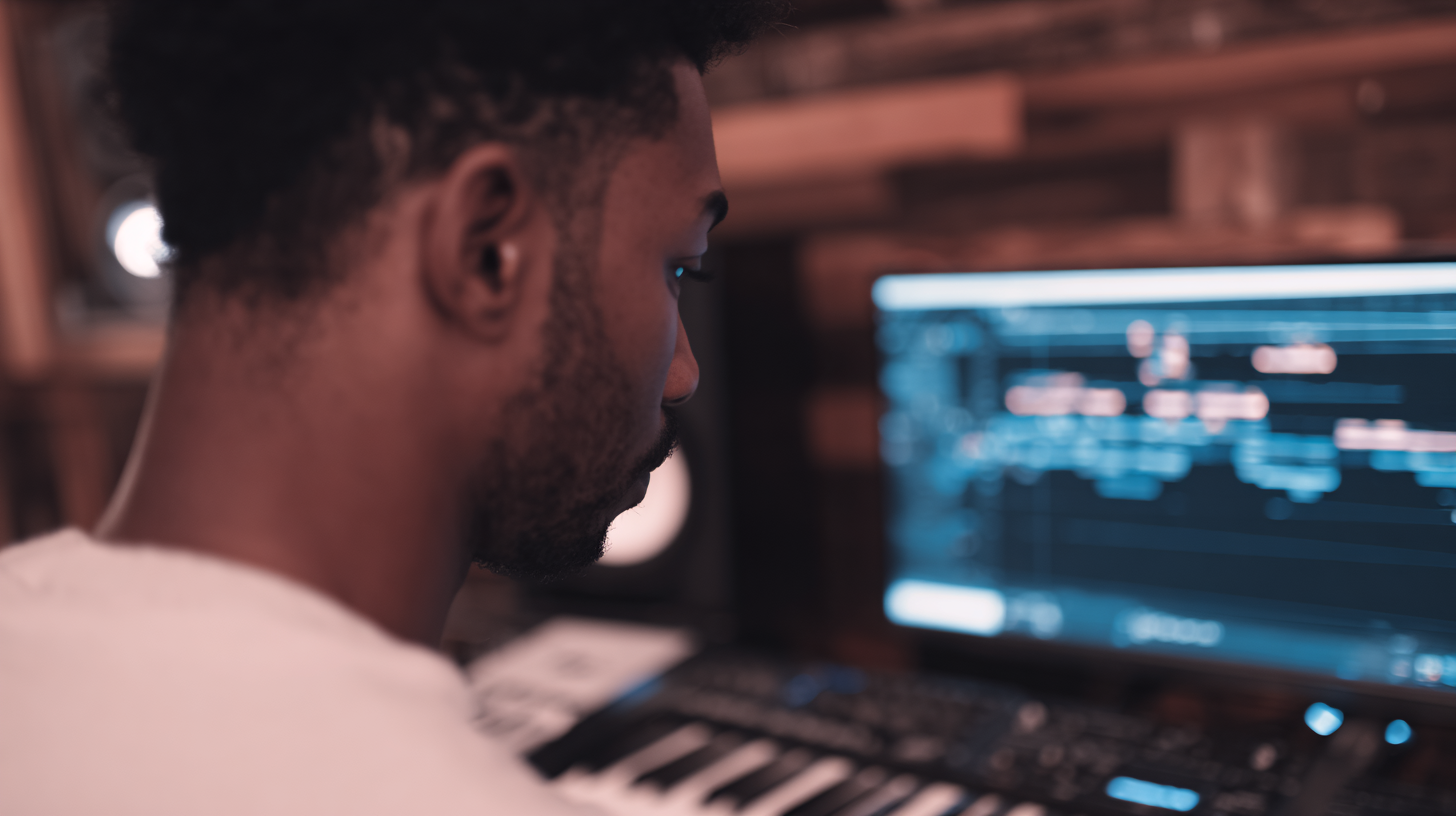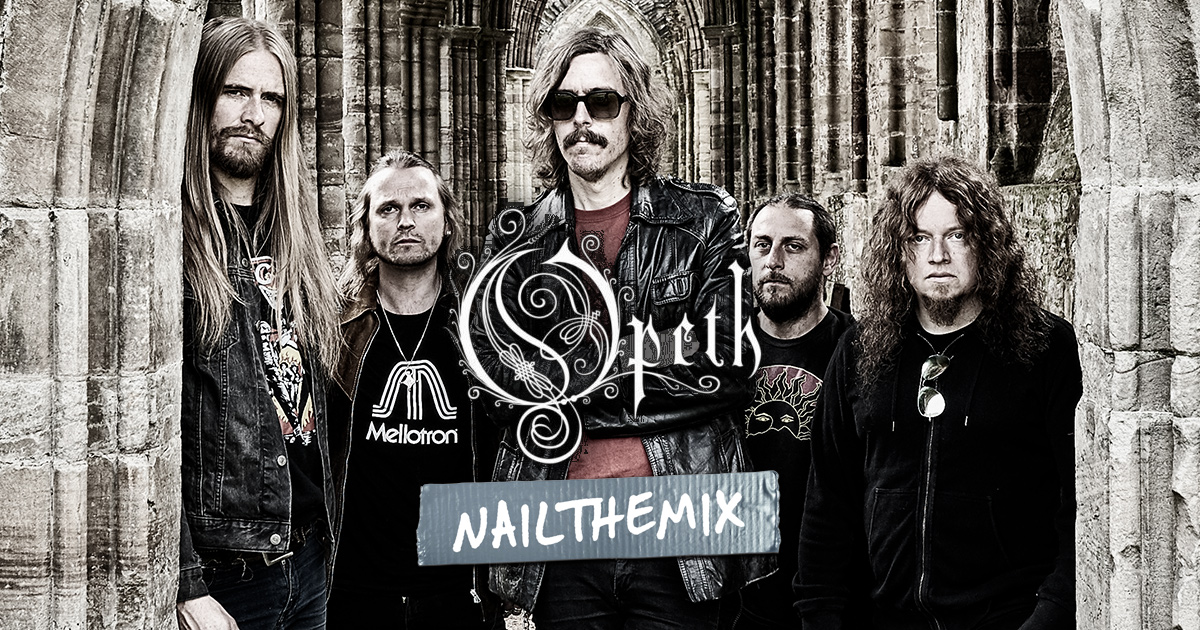
Deconstructing Suicide Silence: A Raw Mix of “Unanswered”
Nail The Mix Staff
The “Punk Rock” Recording Philosophy
Before diving into the individual tracks, it’s crucial to understand the mindset behind this session. The power of “Unanswered” comes from real human energy. You can feel the band pushing and pulling against each other, creating a groove that a click track could never replicate.
This approach is the polar opposite of many modern productions. Instead of programming drums and quantizing guitars to death, this recording captures the raw chemistry of a band at the height of its power. For mixers, this means your job is to enhance, not to ‘correct’. The moment this mix starts sounding too clean is the moment you’ve failed.
Breaking Down the Raw Tracks
With zero plugins engaged, the session is already incredibly powerful. But the individual tracks reveal how that power was captured and offer huge clues on how to approach the mix.
Mitch Lucker’s Demonic Vocals
Right away, Mitch Lucker’s (RIP) vocal track is terrifying. It’s a single, brutal performance with no doubles, and it sounds like it was ripped straight from a demon. Looking at the waveform, it’s clear there’s some heavy input compression at play. This is a classic technique for aggressive vocals, taming the wild dynamics right at the source and capturing a consistent, in-your-face performance that needs less work later on.
The takeaway here is that the vocal is already 90% of the way there. The goal isn’t to re-shape it with a mountain of plugins, but to use EQ and effects to make it sit perfectly on top of the instrumental chaos.
Hard-Hitting, Live Drums
The drum setup is fairly standard: kick, snare top and bottom, four toms, stereo overheads, and a hi-hat mic. But the magic lies in the performance and a couple of key “secret weapon” tracks. These drums were hit hard, and the groove is undeniable. The high-pitched, cracking snare is a signature of the sound, and you’ll want to preserve that character.
The Secret Weapons: Ambient & Distorted Room Mics
Beyond the close mics, there are two crucial additions: an ambient mic and a dedicated “distorted room” mic. This distorted room track is pure gold. It’s the sound of the entire kit punishing the live room, captured and intentionally overdriven.
Instead of reaching for sample replacement or tons of reverb plugins to create size, the first move should be to blend this distorted room mic into the mix. It provides instant glue, explosive power, and an authentic sense of space that’s impossible to fake. The challenge? Balance it just right so it adds hugeness without turning the entire kit into a blurry mess.
A Wall of Grimy Guitars
Things get really interesting with the guitars. There are three distinct guitar parts, likely intended to be panned left, right, and center. But what’s unique is that each performance was captured with three separate microphones: a “Low” mic, a “High” mic, and a “Room” mic.
This gives the mixer an insane amount of tonal control. You can blend the mics to create a custom tone:
- Low Mic: Delivers the fundamental weight and chug.
- High Mic: Provides all the aggressive pick attack and string noise.
- Room Mic: Adds depth, space, and helps the guitars feel massive.
Interestingly, this multi-mic approach, especially with dedicated room mics for guitars, is a technique frequently used in sessions mixed by Tue Madsen (who ran this Nail The Mix session), even though he didn’t produce the original recording.
Mixing these guitars requires restraint. It’s tempting to grab a surgical EQ and notch out all the “fizz” and “mud.” But that grimy, nasty character is the sound. Go easy. A few broad strokes to clear space for the bass and vocals are necessary, but if you clean them up too much, you’ll strip them of their power.
The Bleeding Bass Tone
The bass consists of three tracks: two different mics on the bass cab and one DI track. And because this was recorded live, the bass amp mics are full of snare and cymbal bleed.
For some producers, this is a nightmare. For this track, it’s a blessing. That bleed is the natural glue connecting the bass to the drums. Gating it out completely would create an artificial separation and damage the live feel. Embrace it! It’s not loud enough to cause major issues, but it’s just present enough to help the rhythm section cohere. If you need more clarity or want to re-amp for extra grit, you always have the clean DI track to work with.
The Mix Strategy: First, Do No Harm
With a recording this raw and powerful, the mix engineer’s oath should be “first, do no harm.” Every decision should serve the goal of enhancing the live energy, not sterilizing it.
This means:
- Go easy on the grid: Don’t quantize anything. The human feel is the whole point.
- Use processing to enhance, not replace: Blend in the room mics instead of reaching for reverb plugins. Use EQ to shape, not to perform surgery. Use compression to add punch, not to squeeze the life out of the performance.
- Embrace the “flaws”: The bleed, the raw frequencies, the sheer noise—it’s all part of the charm.
Suicide Silence on Nail The Mix
Tue Madsen mixes "Unanswered"
Get the Session
These are the exact, real-world challenges and multi-tracks you can get your hands on in the Suicide Silence “Unanswered” session on Nail The Mix. Getting to mix a track like this is a masterclass in feel and restraint.
Imagine watching a pro like Tue Madsen tackle these same tracks, explaining every move as he dials in the mix from scratch. That’s what Nail The Mix is all about. You get the raw multi-tracks from iconic bands every month and watch the world’s best producers mix them live. If you’re serious about taking your skills beyond presets and tutorials, this is how you do it. Check out our resources like the “Unlock Your Sound” course to build a rock-solid foundation for your mixing journey.






